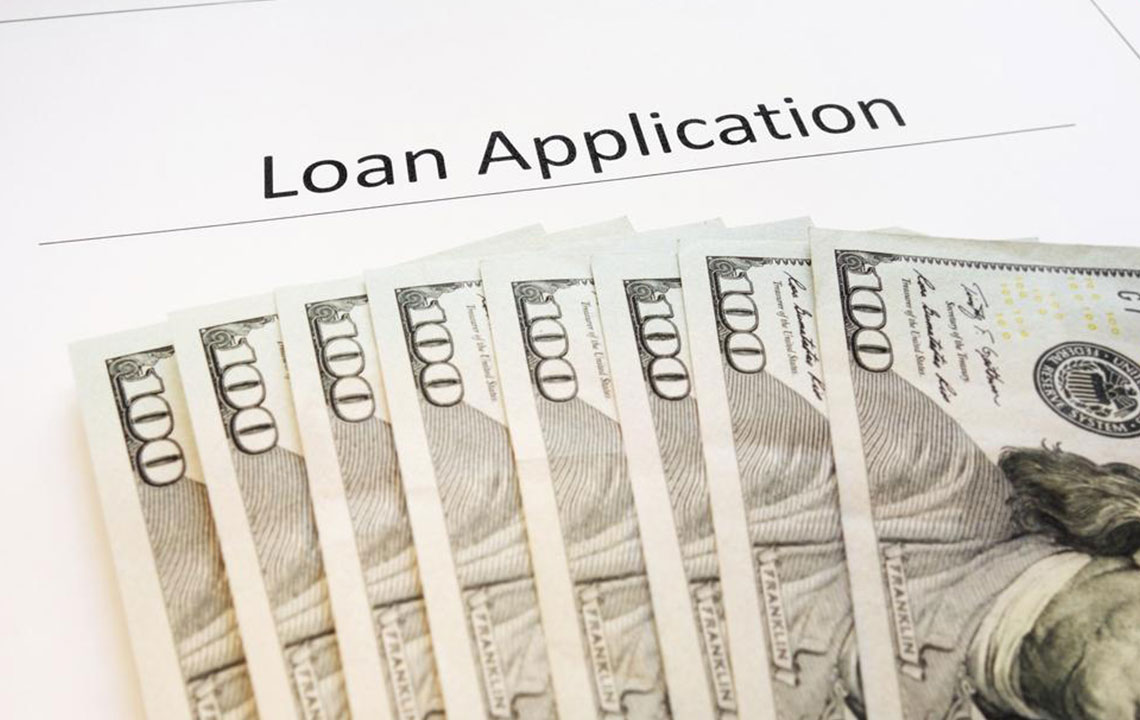Comprehensive Guide to Consumer Debt Consolidation Strategies for Managing Financial Burdens
This comprehensive guide explores various consumer debt consolidation strategies, explaining how they work, their benefits, and potential risks. From loan-based approaches to debt management programs, learn how to simplify your debts and improve financial stability with informed choices. The article emphasizes the importance of understanding each method and implementing disciplined financial habits to prevent future debt problems.

An In-Depth Look at Consumer Debt Consolidation Strategies
Managing multiple debts can quickly become overwhelming, particularly when juggling various creditors, payment due dates, and accumulating interest. Consumer debt consolidation offers a strategic solution to simplify your financial obligations and potentially reduce your overall debt burden. This process involves combining numerous debts—such as credit card balances, student loans, personal loans, and other liabilities—into a single, manageable payment plan, often accompanied by a lower interest rate. By understanding the various strategies and options available for debt consolidation, consumers can make informed decisions that aid in achieving financial stability and peace of mind.
What Is Consumer Debt Consolidation and How Does It Work?
Debt consolidation entails merging multiple outstanding debts into one consolidated account, allowing the borrower to make a single monthly payment instead of multiple due dates. This streamlining reduces the complexity of debt management and can lead to savings through lower interest rates or more favorable repayment terms.
Managing numerous debts simultaneously can be stressful and time-consuming. The constant reminders of due dates, the risk of missed payments, and the pressure of debt collection efforts can deteriorate mental and emotional well-being. Debt consolidation provides a way to regain control by simplifying recurring payments and reducing the risk of further late fees or credit score damage.
There are primarily two popular approaches for consumer debt consolidation: utilizing existing assets, such as home equity, or opting for specialized debt relief programs that do not require additional borrowing. Each method has its own advantages and considerations, depending on individual financial situations and long-term goals.
Debt Consolidation Through Loans
This approach involves securing a new loan—often a personal loan, a home equity loan, or a line of credit—that is used to pay off all existing debts. Once the debts are paid off, the individual is left with a single debt obligation, which they then repay through regular installments based on the new loan terms.
While this method can significantly reduce monthly payments and simplify debt management, it also involves certain risks, such as increased interest costs and potential loss of collateral if a home equity loan is used. Furthermore, once debts are consolidated, some individuals may be tempted to incur new debts, which can undo the benefits of consolidation.
The main options for obtaining such loans include:
Banking Institutions: Many banks offer personal loans or lines of credit designed for debt consolidation.
Home Equity Loans or Lines of Credit: Borrowers leverage the equity in their home to secure lower interest rates for debt payoff.
Debt Relief Agencies: Organizations like American Consumer Credit Counseling (ACCC) provide debt management programs that do not require additional borrowing, focusing instead on budget planning and negotiated settlements.
Important Considerations and Risks
Interest rates on consolidation loans, especially home equity options, can be competitive but tend to be higher if credit scores are poor, increasing overall repayment costs.
Using home equity as collateral puts your property at risk if repayments are missed or fall behind.
Closing credit accounts post-consolidation can lead to a false sense of financial security, potentially leading to increased spending and accumulation of new debts.
Debt consolidation is often a temporary relief rather than a cure; unresolved financial habits can result in repeated borrowing cycles, making it essential to couple consolidation with financial planning and discipline.
In addition to loan-based strategies, consumers can explore non-borrowing options like debt management programs, which involve negotiating with creditors to reduce interest rates and establish manageable repayment plans without incurring new debt. These approaches may be more suitable for individuals with significant financial hardship or those wary of taking on new liabilities.
Ultimately, understanding the full spectrum of debt consolidation strategies enables consumers to choose the most appropriate method for their unique financial circumstances. Whether using loans or managing debts through counseling programs, the goal remains to regain financial control, reduce stress, and build a more secure fiscal future. Implementing a disciplined budget, avoiding unnecessary expenses, and seeking professional advice can enhance the effectiveness of debt consolidation efforts, leading to long-term financial health and stability.





